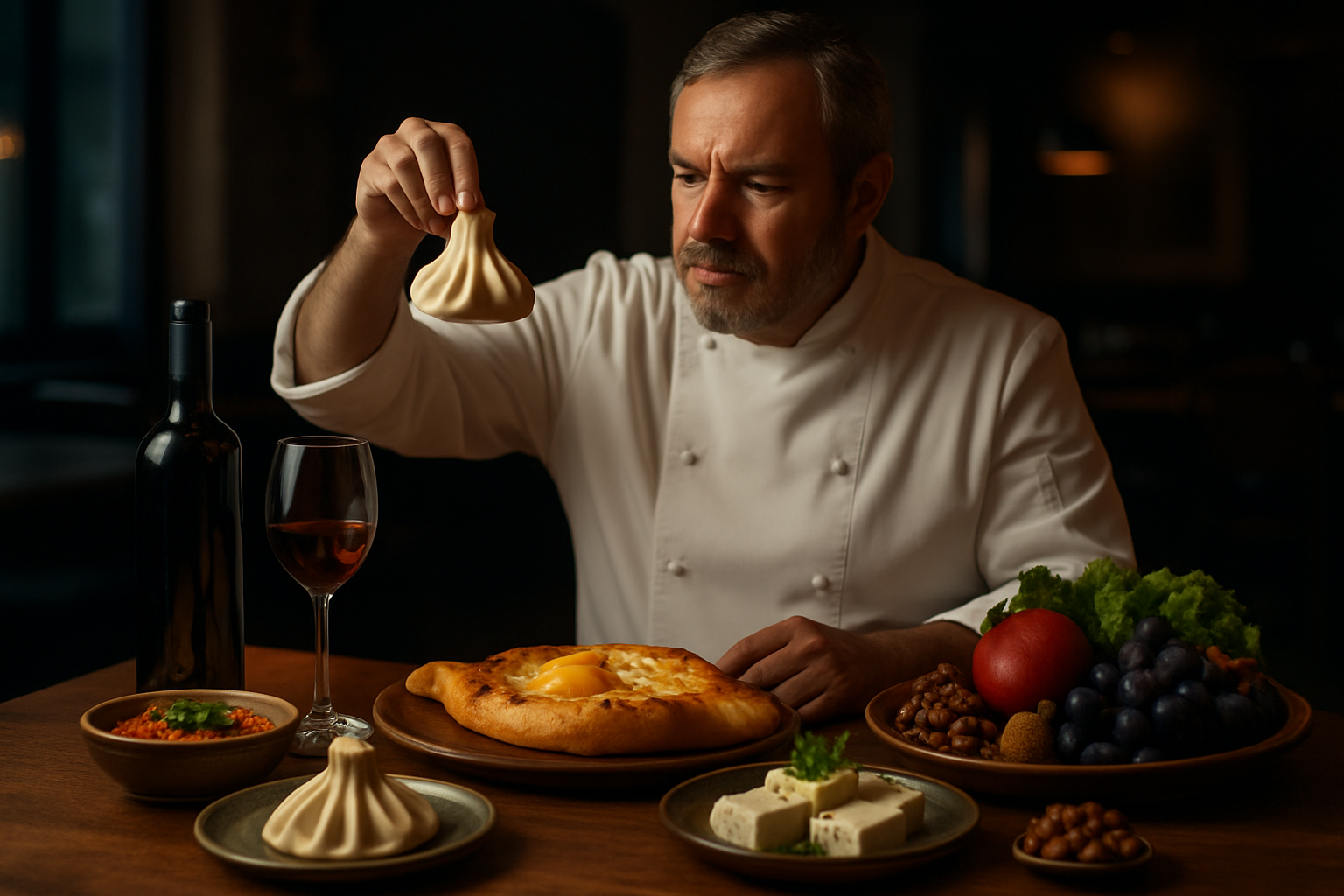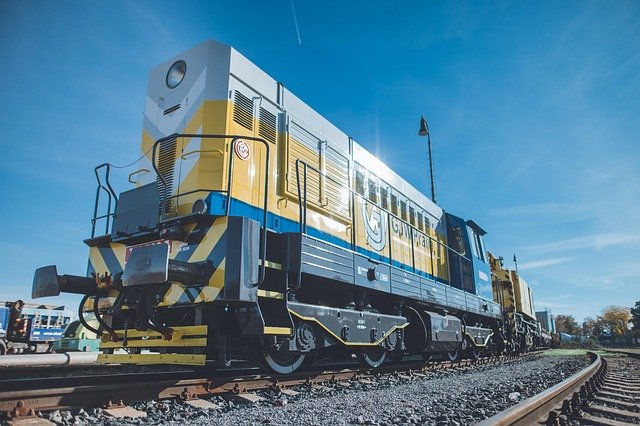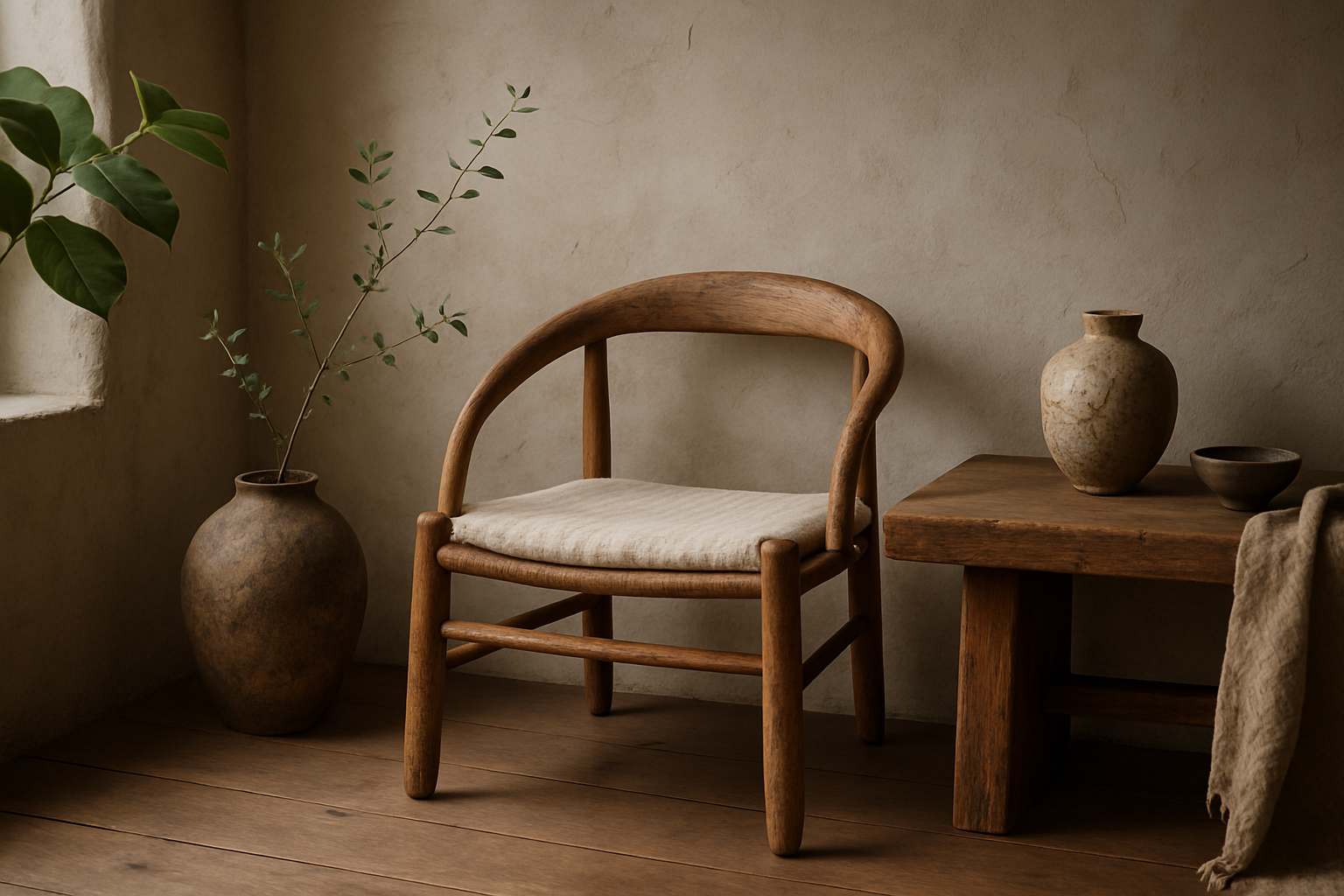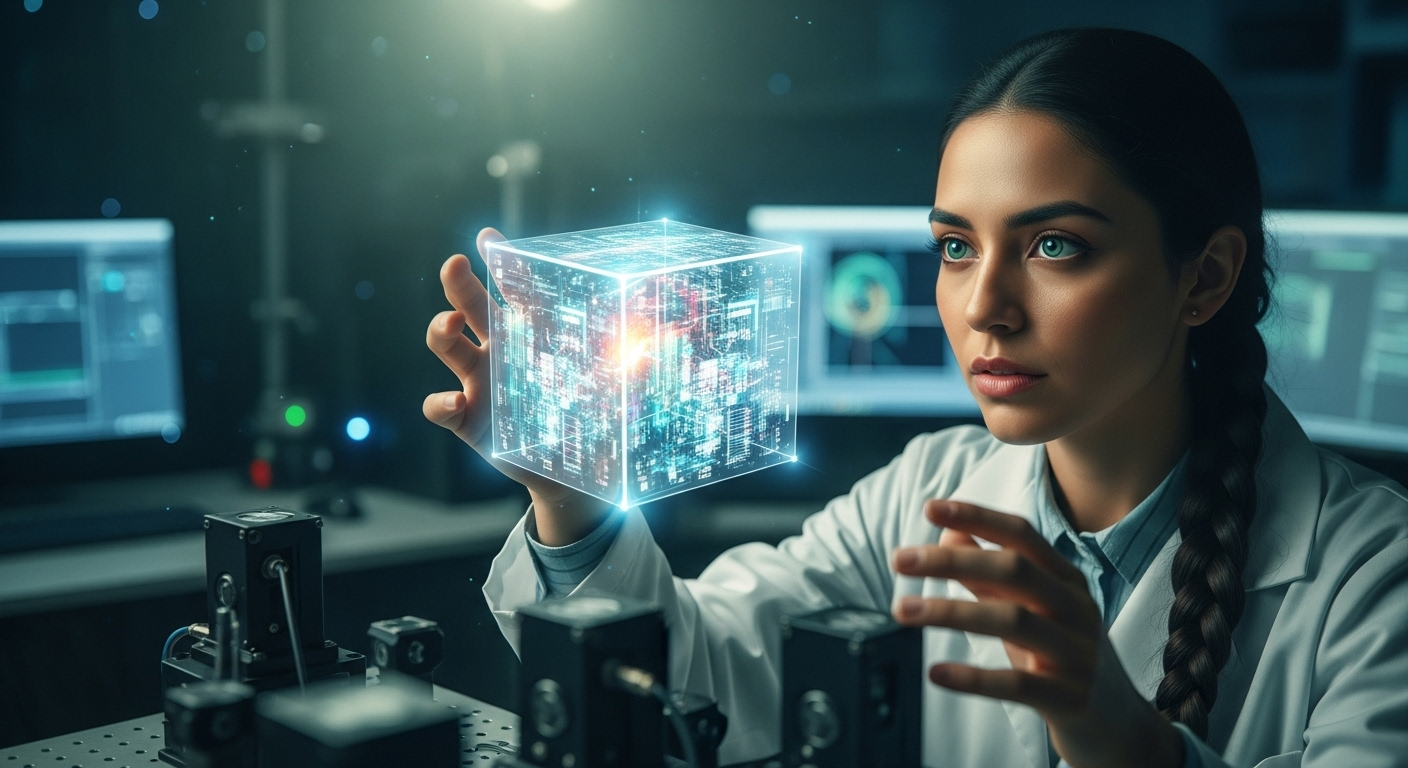Enigma of AI in Contemporary Art: A New Dawn
Artificial intelligence (AI) has found its way into various sectors in the world and has now emerged as a prominent player in the art industry. This article delves into the fascinating intersection of art and AI, exploring its origins, current advancements, and the implications for our cultural landscape.
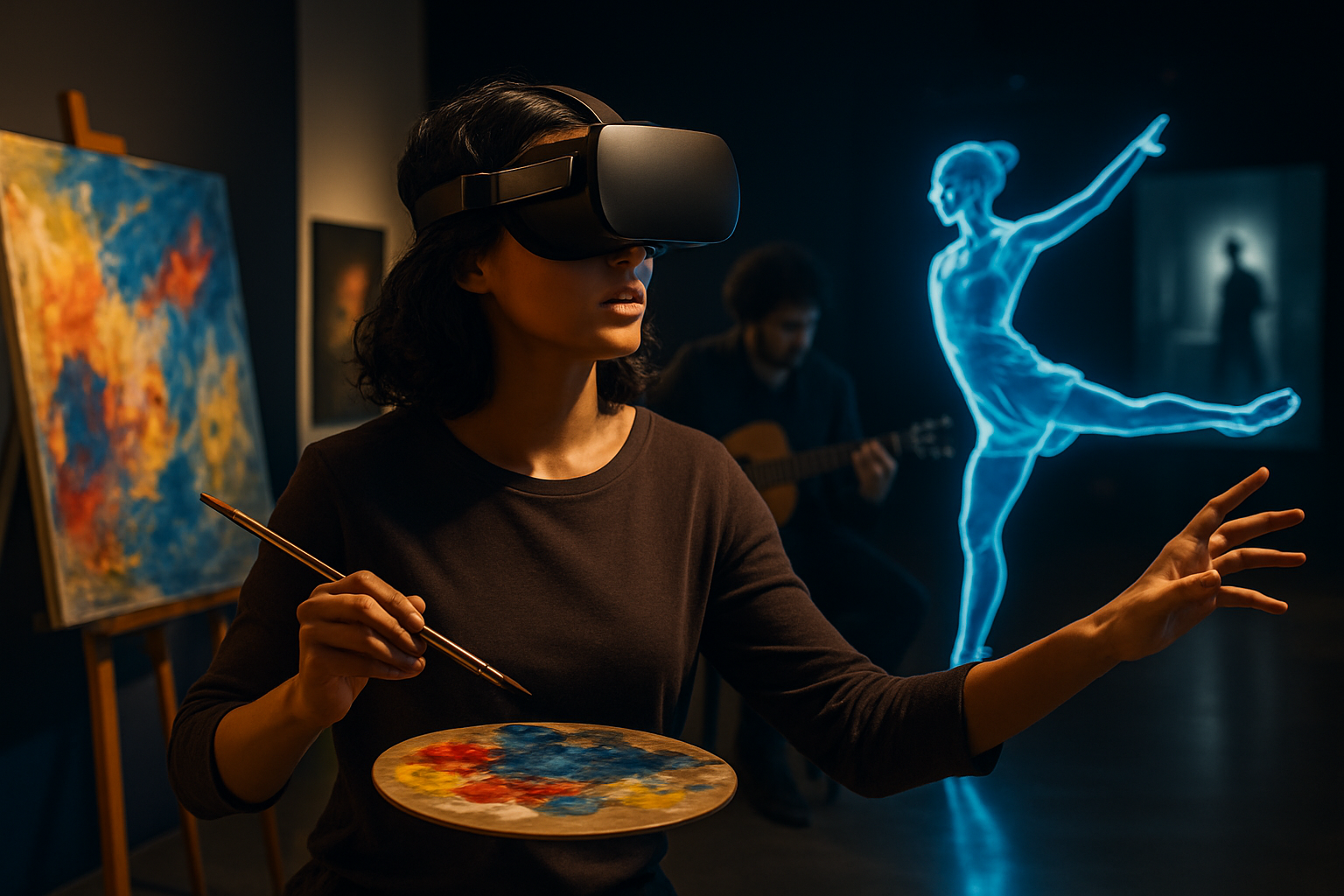
The advent of AI in the art world has stirred up a whirlwind of intrigue and debate. This dynamic fusion of technology and creativity presents an unprecedented shift in artistic production and interpretation, offering a fresh and thought-provoking perspective on the nature of art itself.
A Brief History of AI in Art
The genesis of AI in art can be traced back to the mid-20th century. Notably, in 1963, A. Michael Noll, an engineer at Bell Labs, created one of the earliest instances of computer-generated art. However, it was not until the late 20th and early 21st century that AI started to gain prominence in the art world. Artists began experimenting with algorithms and machine learning, producing artworks that challenged the traditional boundaries of human creativity.
The AI Art Movement Today
Fast-forward to the present day, and the use of AI in art has evolved significantly. The AI art movement is no longer a niche, experimental field but a vibrant and burgeoning part of the mainstream art world. Recent years have seen AI play a substantial role in art creation, curation, and even sales.
In 2018, a portrait generated by an AI algorithm, “Portrait of Edmond de Belamy,” sold for an astounding $432,500 at Christie’s auction house, shattering all expectations and solidifying AI’s place in the art market. Moreover, AI is being used to create immersive and interactive art experiences, pushing the boundaries of audience engagement.
The Impact of AI on Art and Society
The AI art movement’s impact extends beyond the confines of galleries and auction houses. It challenges our perceptions of creativity, originality, and authorship. The question of whether a machine can truly be creative or if creativity is an inherently human trait has sparked extensive debate.
Furthermore, AI art raises critical questions about the value of art and the role of artists. With AI capable of producing art that can rival human-made pieces, what does this mean for artists? And how do we attribute value to art created by non-human entities?
Future Prospects: AI and Art
As we look to the future, the relationship between AI and art is set to deepen further. With advancements in machine learning and neural networks, we can expect to see more sophisticated AI-generated art.
Moreover, AI could potentially revolutionize art education and research. Through analyzing vast amounts of art data, AI could provide insights into art trends, styles, and influences, aiding both scholars and artists.
But perhaps the most exciting prospect is the untapped potential of AI. As artists continue to experiment with AI, we can anticipate a wealth of innovative and thought-provoking art that challenges our understanding of art and creativity.
In conclusion, the integration of AI in art presents a fascinating and complex new chapter in the art world. While the full impact of this fusion is yet to be seen, it is clear that AI has irrevocably altered the artistic landscape, prompting us to reevaluate our definitions of art and creativity. As we navigate this new terrain, the intersection of AI and art promises to continue providing fertile ground for debate, exploration, and innovation.

